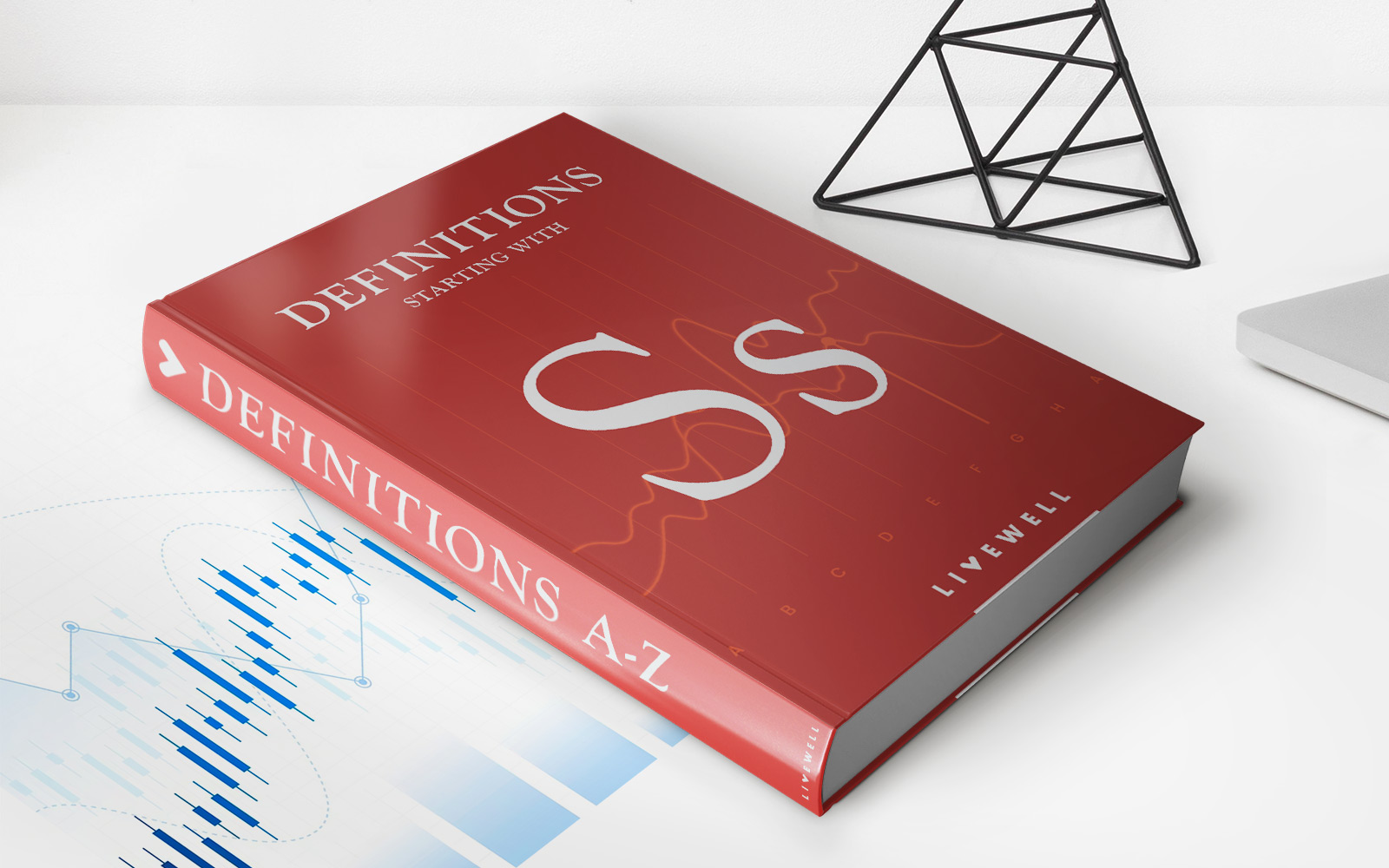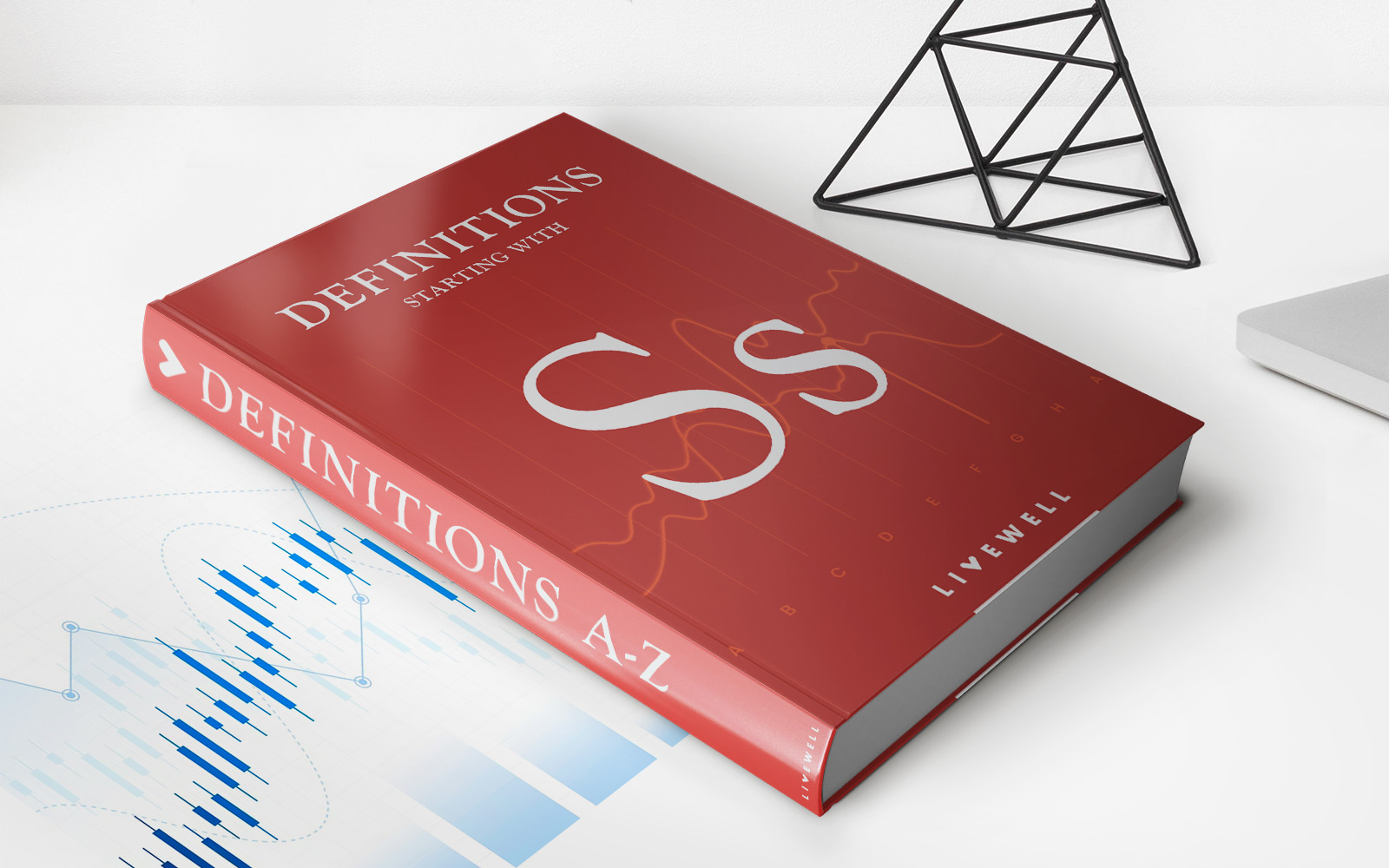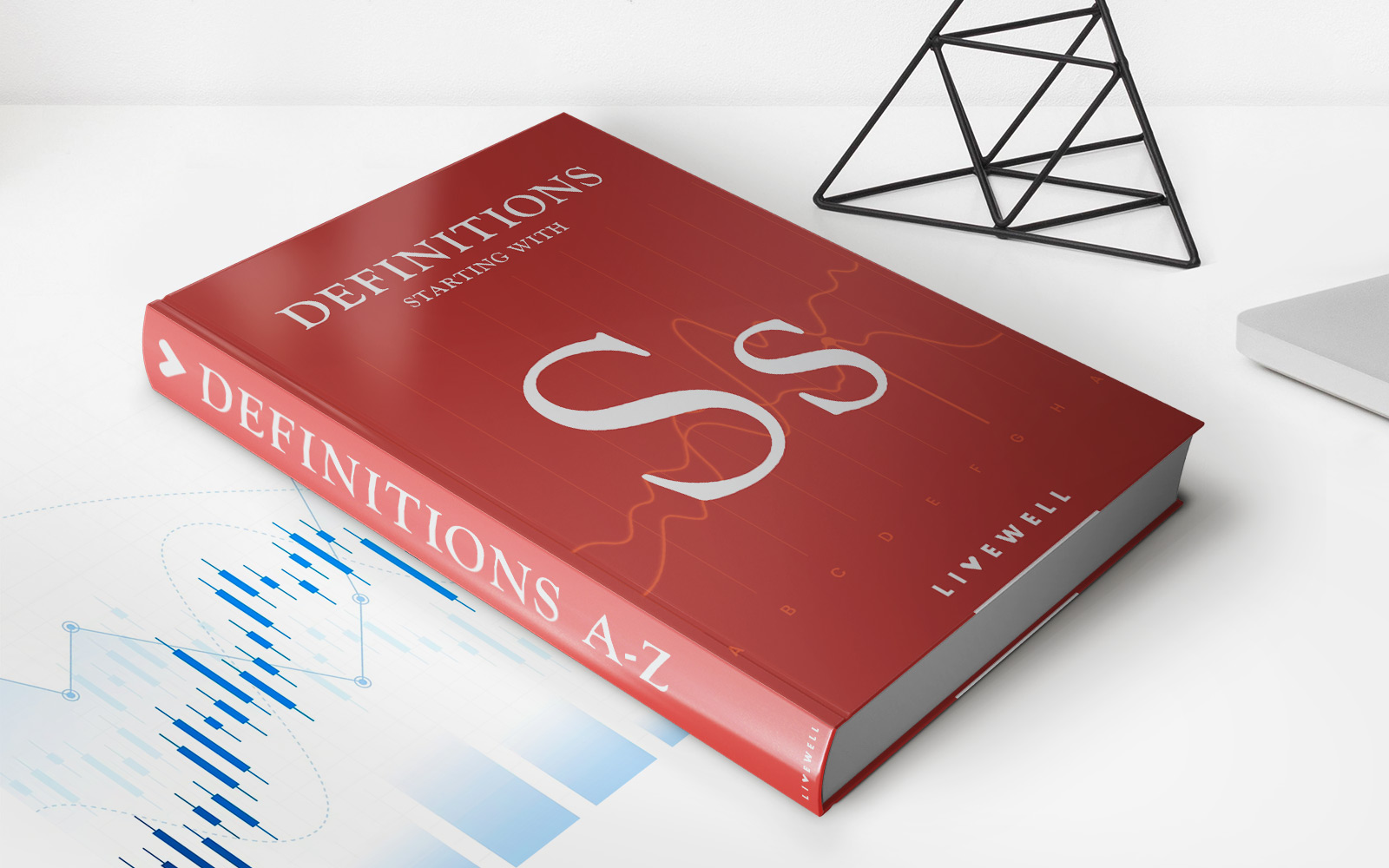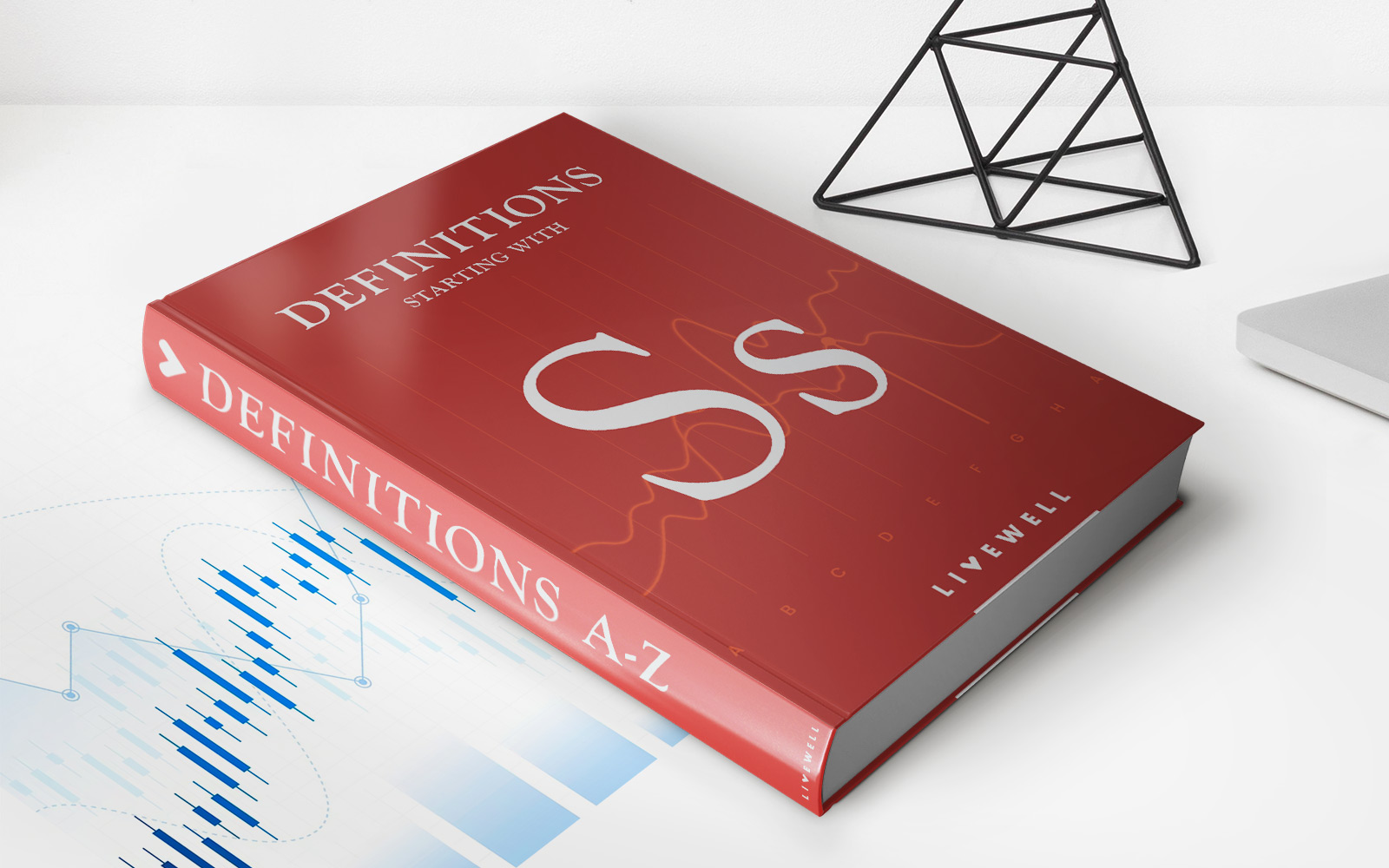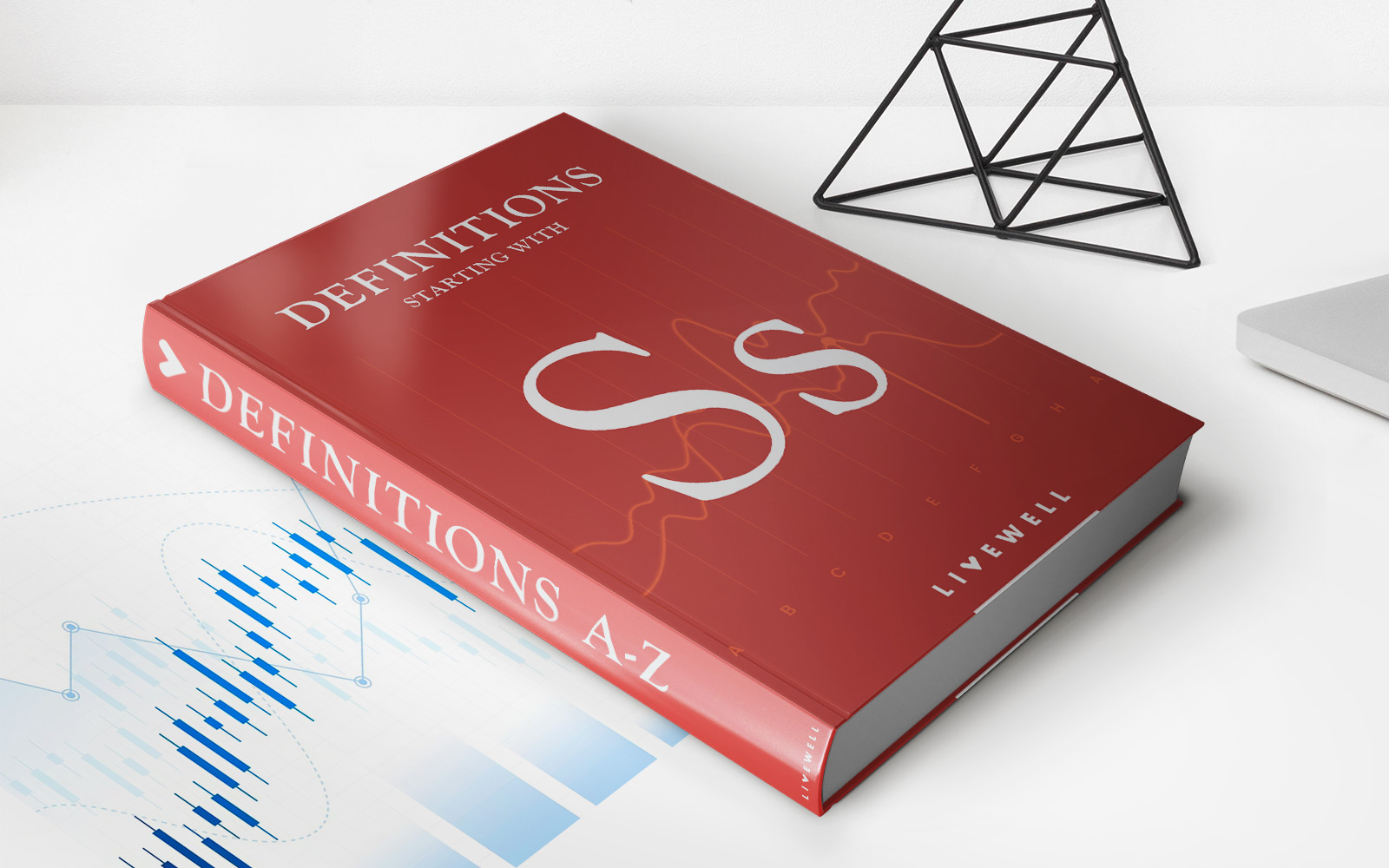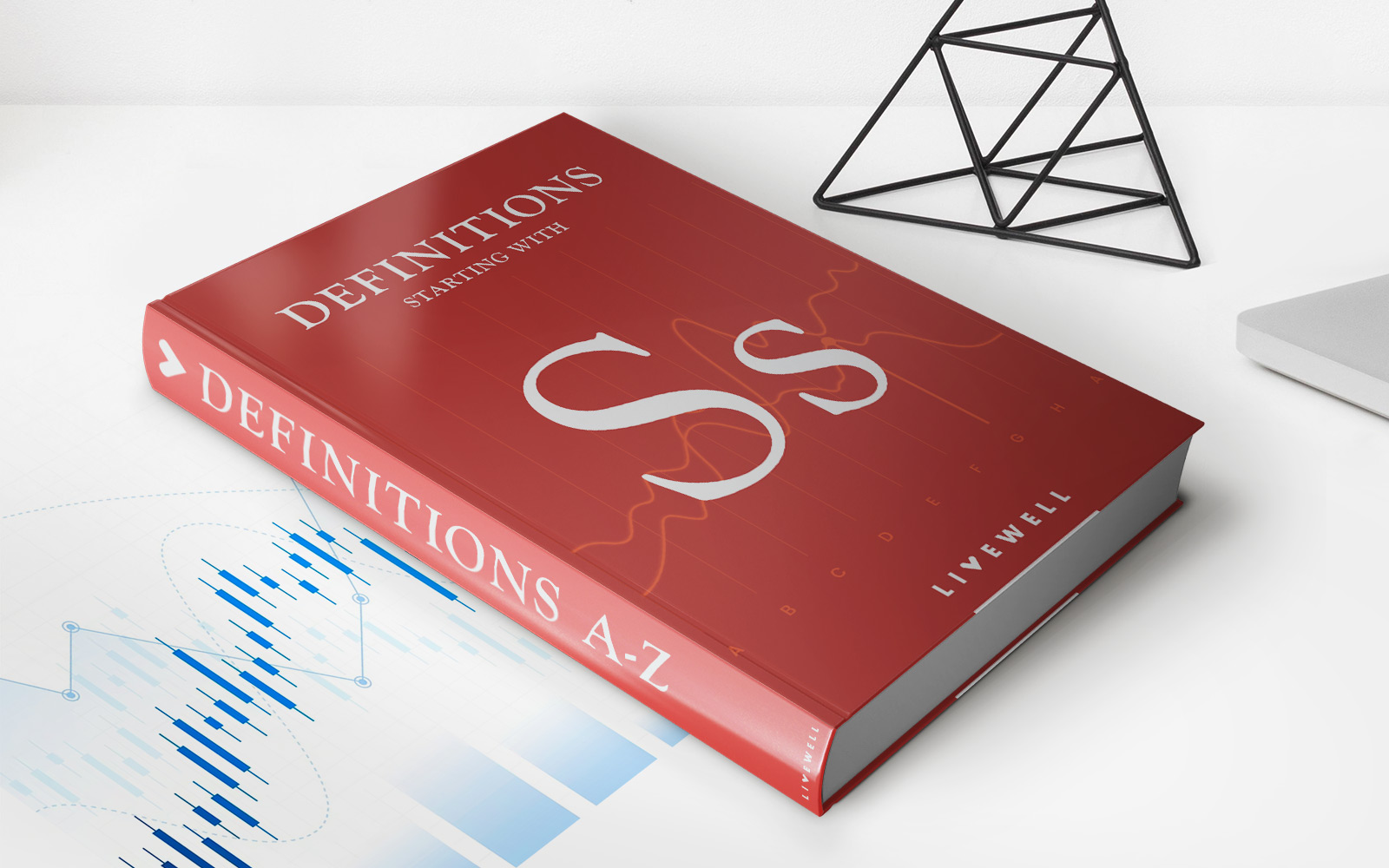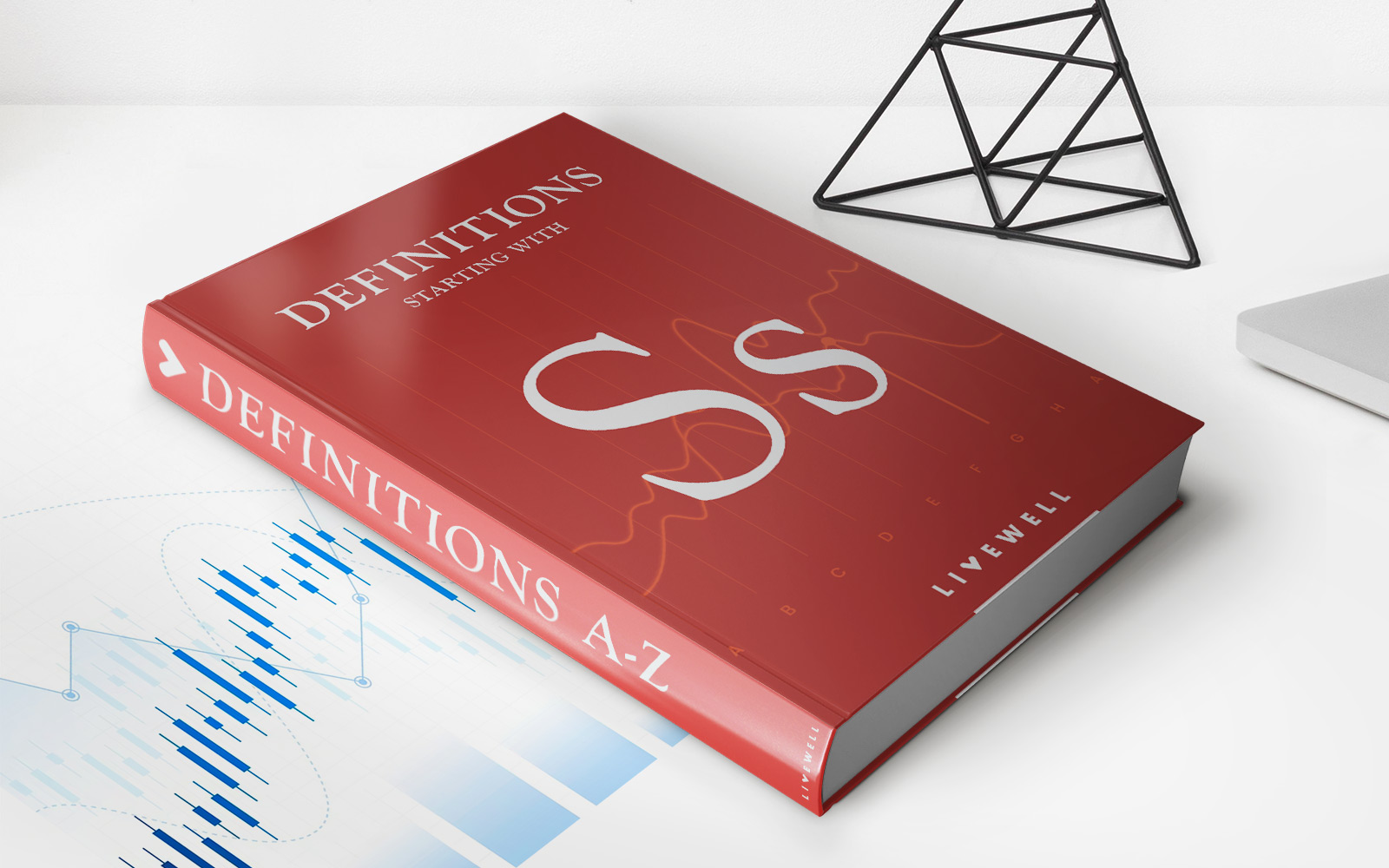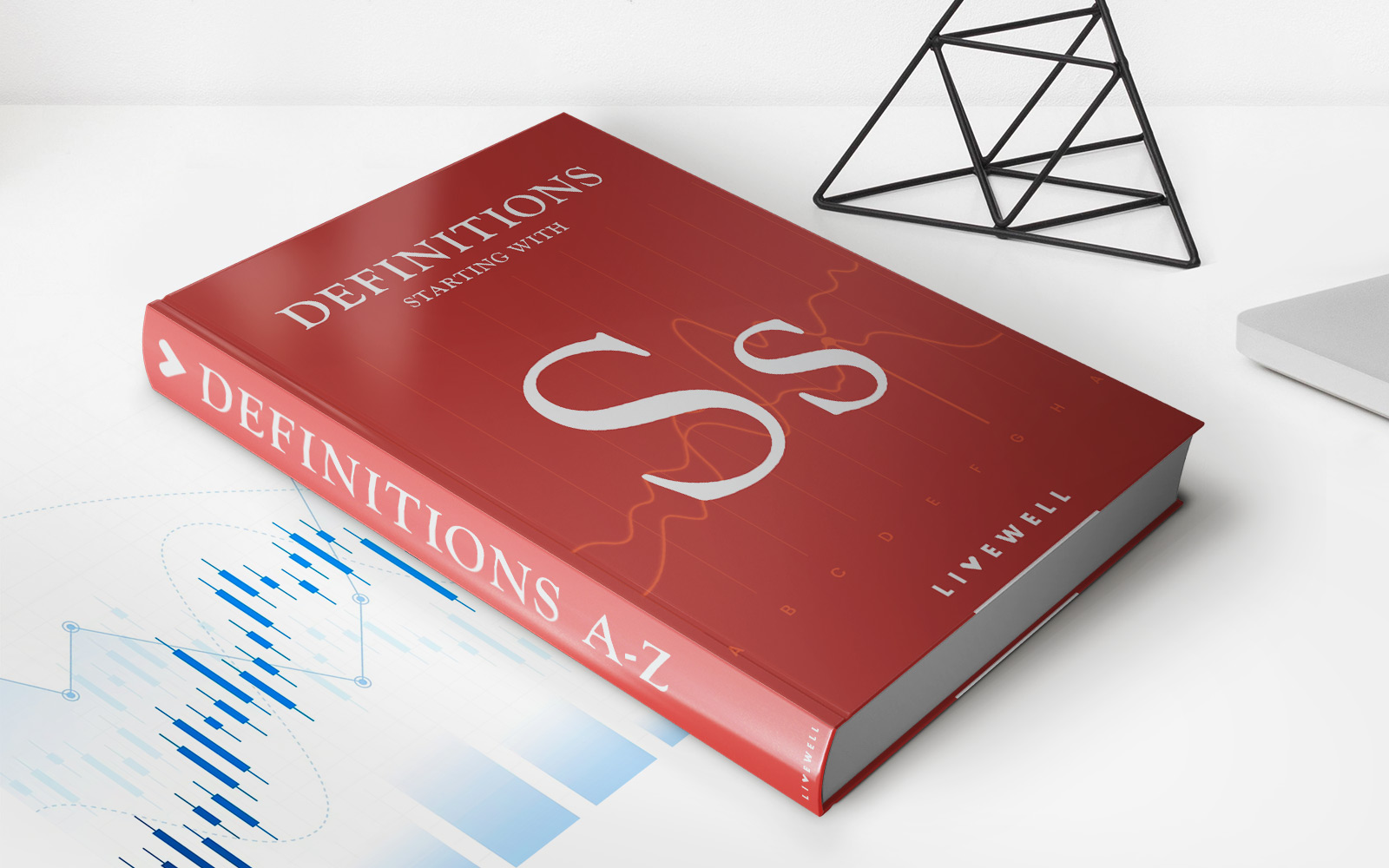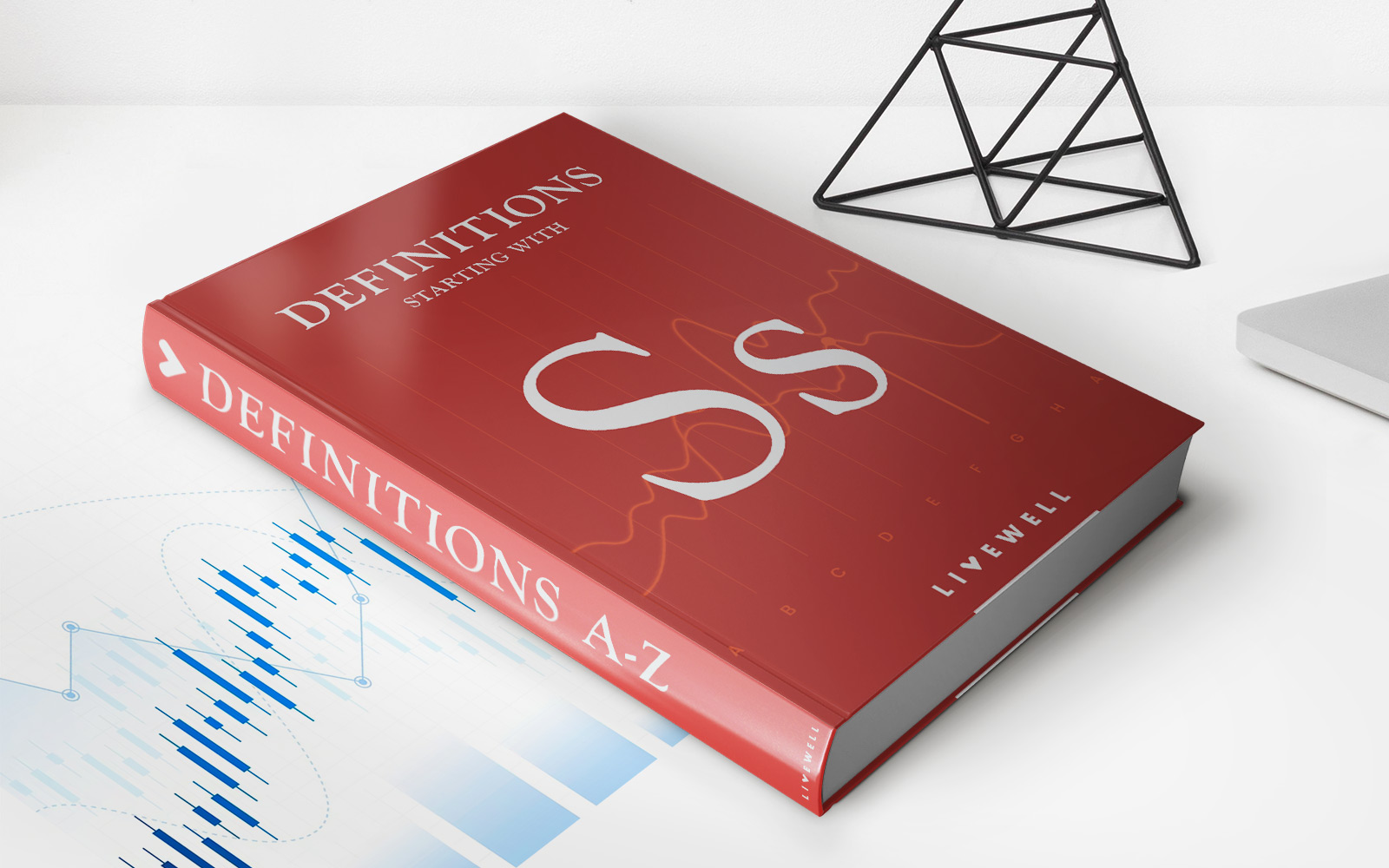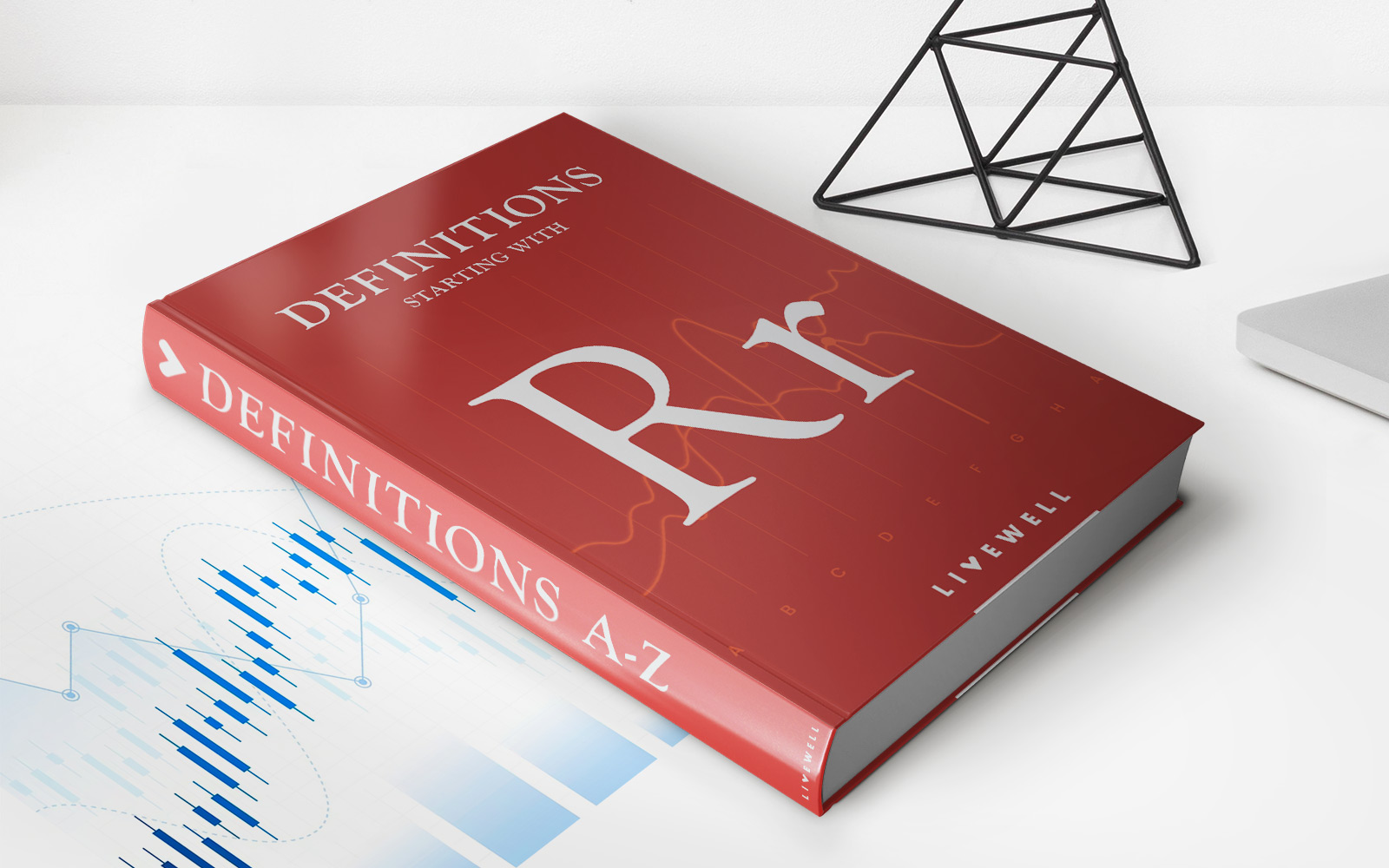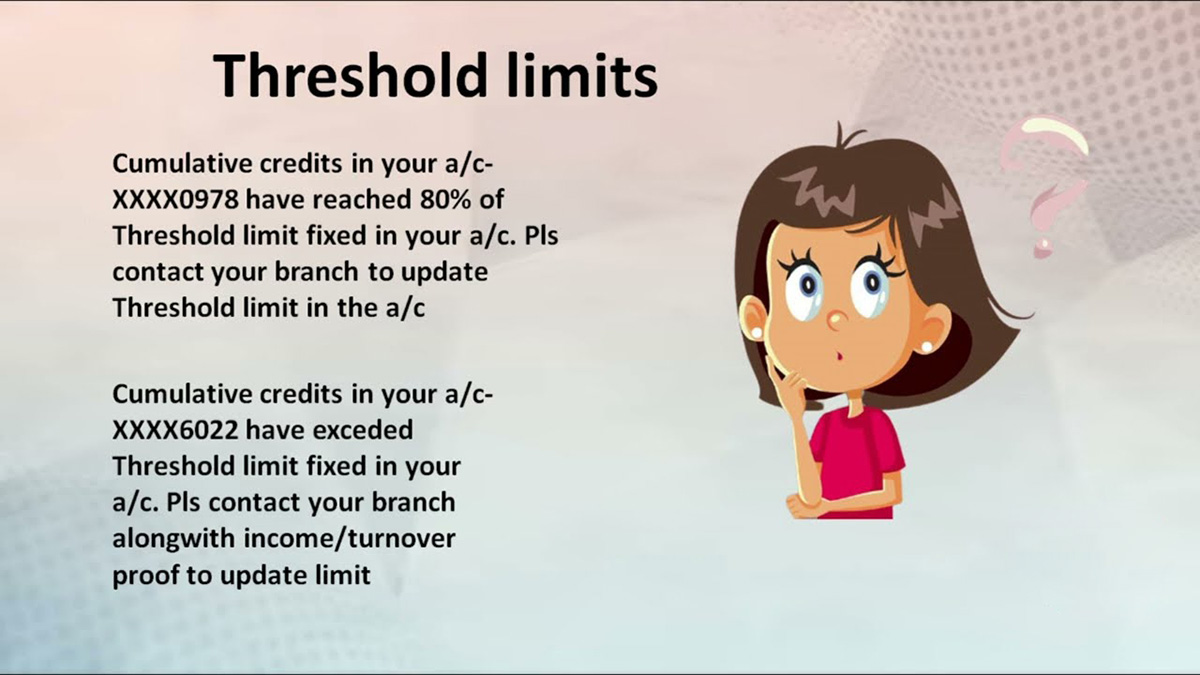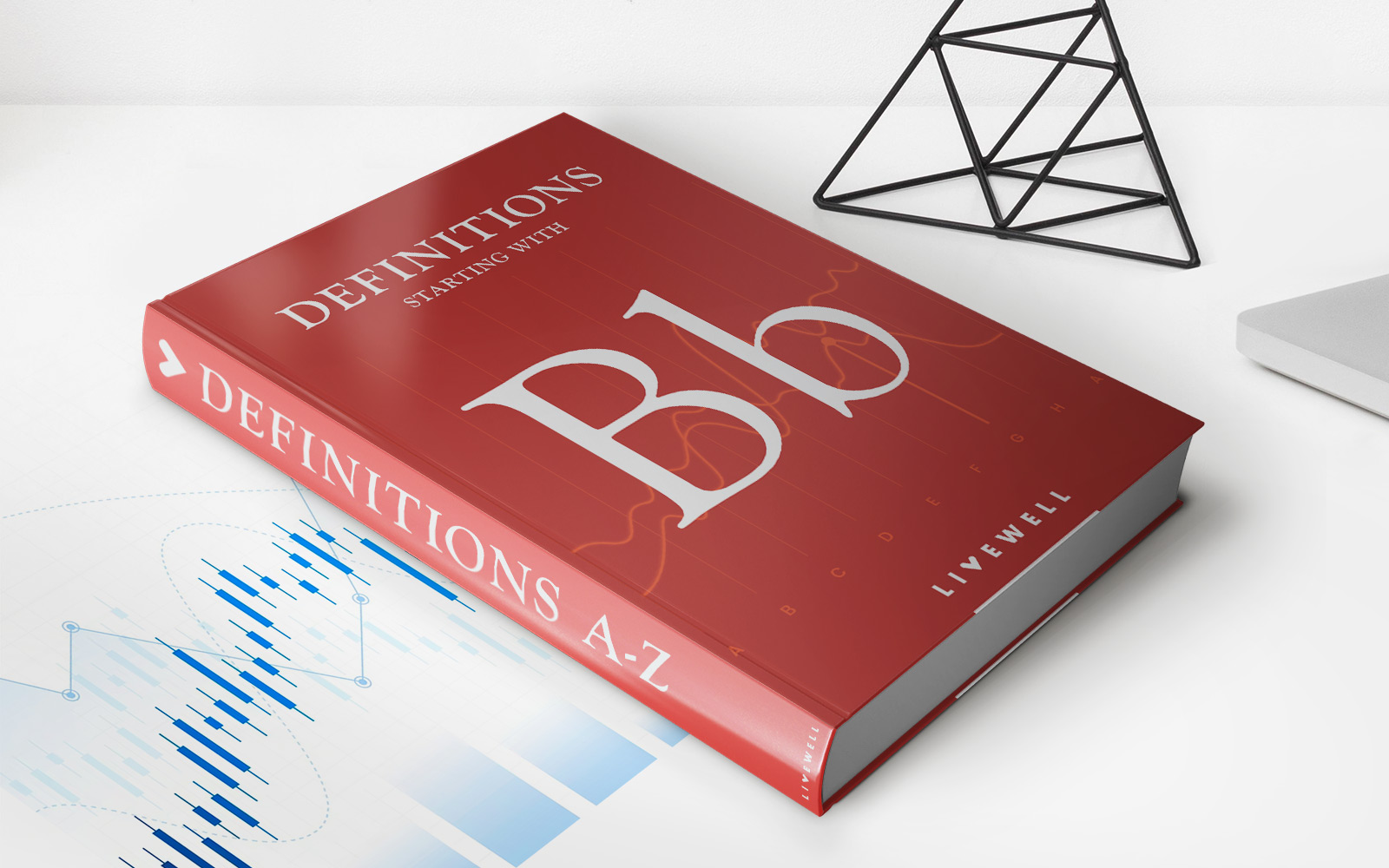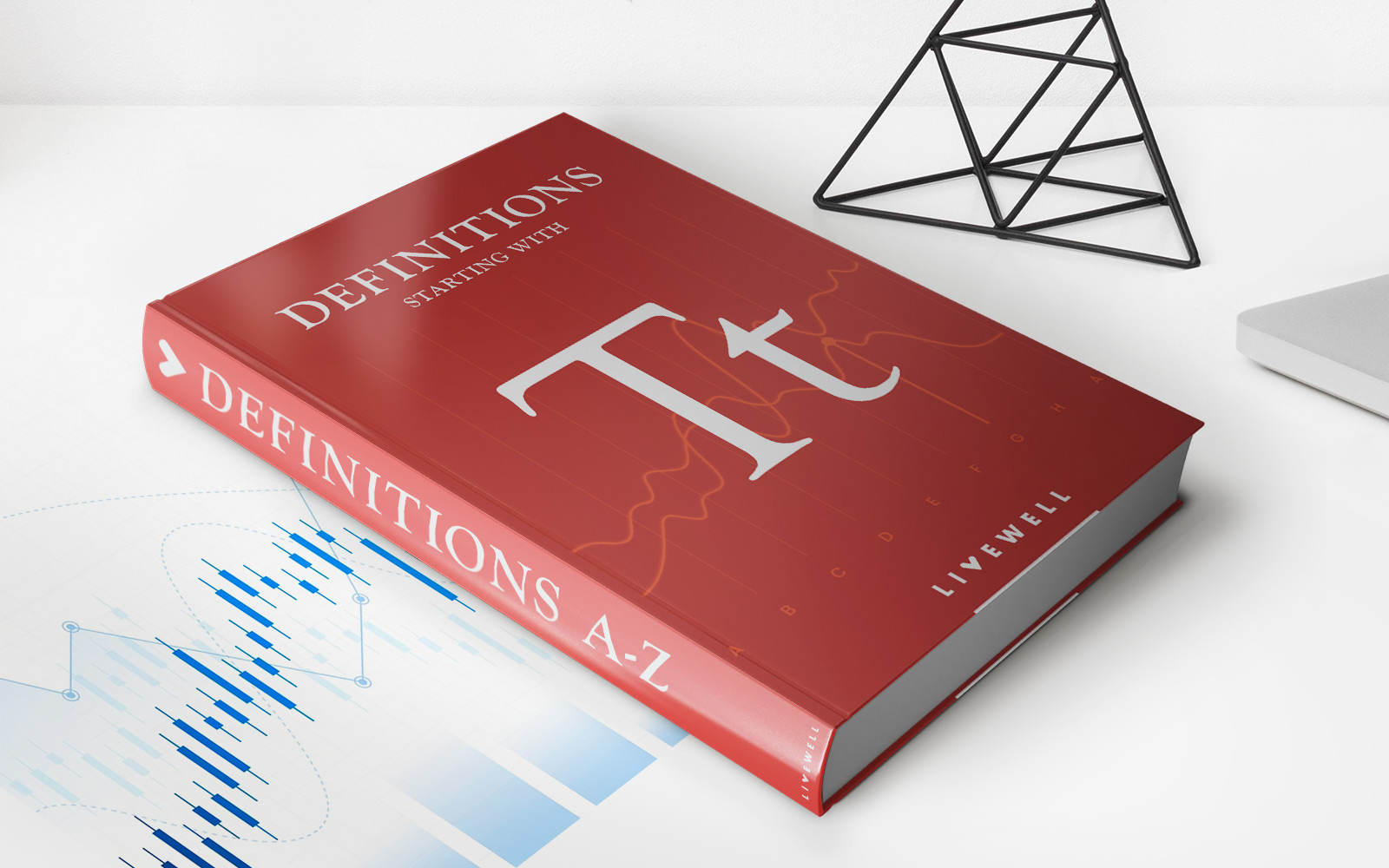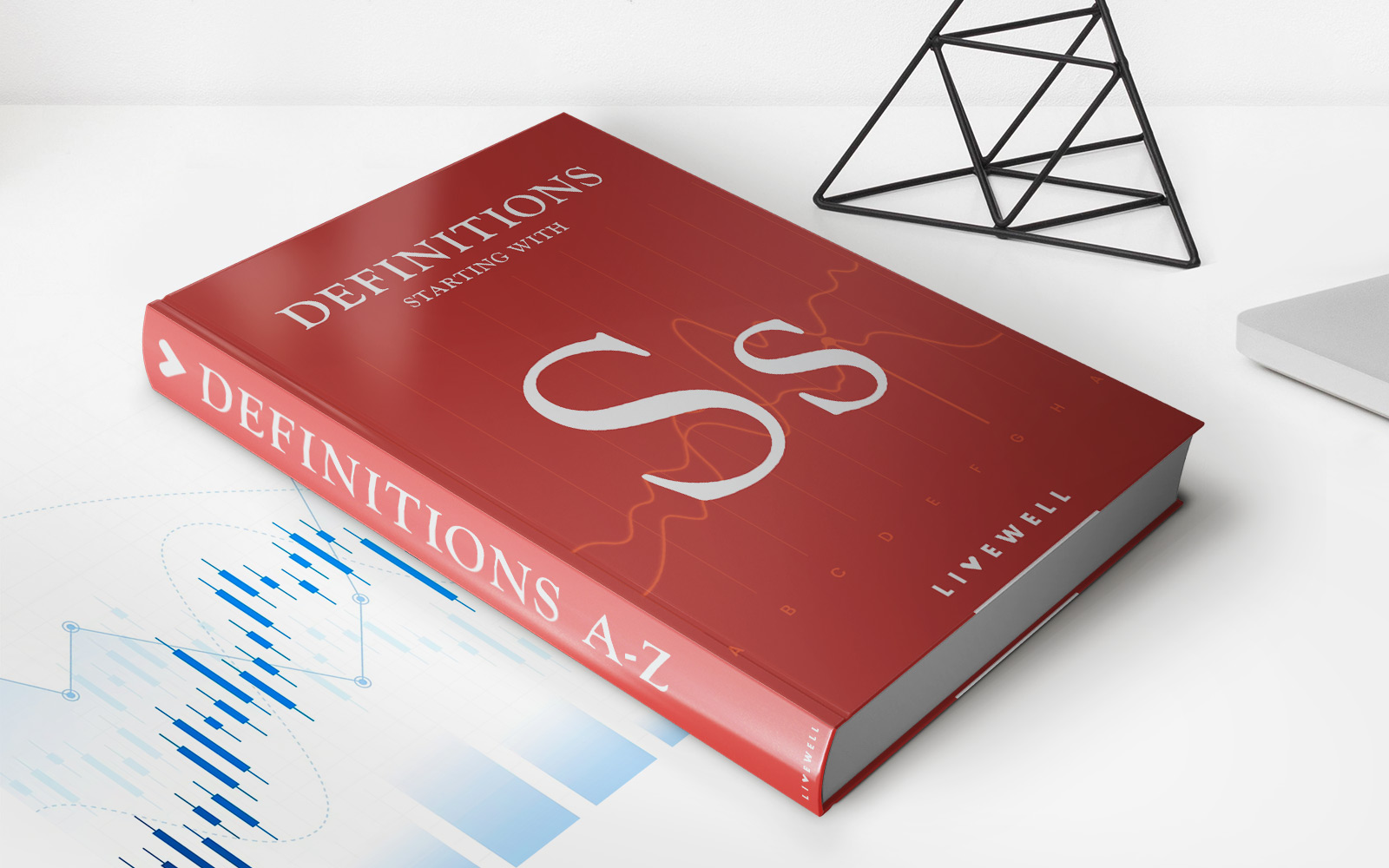

Finance
SEC Form 10-D Definition
Published: January 24, 2024
Learn the definition of SEC Form 10-D and its importance in the world of finance. Stay updated with the latest financial regulations and compliance requirements.
(Many of the links in this article redirect to a specific reviewed product. Your purchase of these products through affiliate links helps to generate commission for LiveWell, at no extra cost. Learn more)
The SEC Form 10-D Definition: A Comprehensive Guide to Understanding Financial Filings
When it comes to navigating the world of finance, it’s crucial to have a strong understanding of the various regulations and requirements set by governing bodies. One such requirement is the filing of SEC Form 10-D. In this blog post, we’ll take a deep dive into the SEC Form 10-D definition, its purpose, and why it’s important for investors and financial professionals.
Key Takeaways:
- SEC Form 10-D is a filing that provides detailed information about the terms, conditions, and performance of asset-backed securities (ABS).
- It is a critical document for investors as it offers insight into potential risks associated with ABS investments.
So, what exactly is SEC Form 10-D? This filing is required by the Securities and Exchange Commission (SEC) for asset-backed securities issuers to report on the performance, terms, and conditions of their offerings. Asset-backed securities are financial instruments that are backed by a pool of underlying assets, such as mortgages, auto loans, or credit card receivables.
Now, you might be wondering why this form is significant. Well, for one, SEC Form 10-D provides investors with valuable information on the risks associated with investing in asset-backed securities. By analyzing this filing, investors can make more informed decisions about whether to invest in a particular ABS.
Key Takeaways from SEC Form 10-D:
- Performance: SEC Form 10-D provides investors with an overview of the performance of the asset-backed securities. This includes information on interest rates, payment schedules, and the overall cash flow generated by the underlying assets.
- Risks: The filing also outlines the potential risks associated with the ABS. This includes details on credit quality, default rates, and any external factors that may impact the performance of the securities.
By carefully reviewing SEC Form 10-D, investors can gain a better understanding of the risks and rewards associated with specific asset-backed securities. This information can be invaluable in guiding investment decisions and managing potential risks within a diversified portfolio.
Financial professionals also benefit from a thorough understanding of SEC Form 10-D. By staying up-to-date on the latest filings and disclosures, they can provide their clients with accurate and relevant information, fostering trust and transparency in their relationship.
In conclusion, SEC Form 10-D is an essential filing that offers valuable insights into the terms, conditions, and performance of asset-backed securities. Understanding this form can help investors make informed decisions and mitigate potential risks associated with ABS investments. Financial professionals should also prioritize staying informed about these filings to better guide their clients. So, next time you come across SEC Form 10-D, you’ll know exactly what it means and why it matters.

